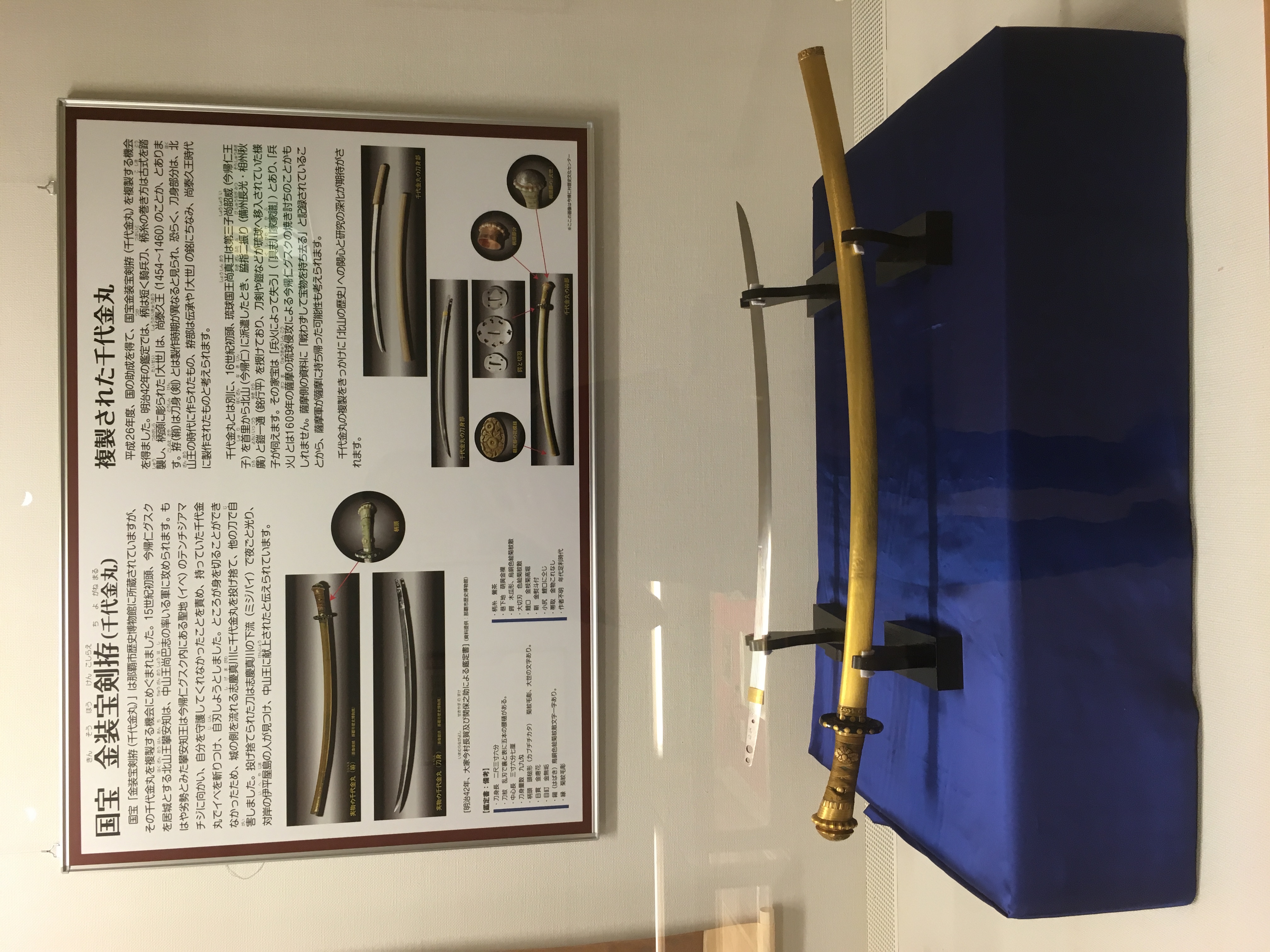Hananchi on:
[Wikipedia]
[Google]
[Amazon]
was a local ruler of 
Okinawa Island
is the largest of the Okinawa Islands and the Ryukyu (''Nansei'') Islands of Japan in the Kyushu region. It is the smallest and least populated of the five main islands of Japan. The island is approximately long, an average wide, and has an ...
, who was given the title of King of Sanhoku. Contemporary sources on Han'anchi are very scarce. He first appeared in Chinese diplomatic records in 1396 and his last contact was of 1415. His blood relationship with Min
Min or MIN may refer to:
Places
* Fujian, also called Mǐn, a province of China
** Min Kingdom (909–945), a state in Fujian
* Min County, a county of Dingxi, Gansu province, China
* Min River (Fujian)
* Min River (Sichuan)
* Mineola (Amtrak ...
, the preceding King of Sanhoku, is unknown. After 1415, the King of Sanhoku did not contact China again. The Chinese records suggest that the Chinese had no information on when and how the king disappeared. Because the King of Chūzan continued tributary missions, the Chinese later speculated that the Kings of Sannan and Sanhoku had been removed by the King of Chūzan.
His real name is unknown. Modern attempts to decipher the enigmatic un-Okinawan name ''Han'anchi'' point to Haneji (羽地), a settlement in northern Okinawa (part of modern-day Nago City). ''Han'anchi'' can be either a corrupt form of ''Haneji'' or a contraction of ''Haneji Aji'' (local ruler of Haneji). The name suggests some connection to the settlement, but it is not confirmed by contemporary sources.

Aji of Nakijin
Okinawans later identified the King of Sanhoku as the Aji (local ruler) of Nakijin but had no information on how many rulers had assumed the title. Because Han'anchi was the last known King of Sanhoku, a logical consequence was that the Aji of Nakijin who was annihilated byShō Hashi
was the last King of Chūzan and the first king of the Ryukyu Kingdom, uniting the three polities of Chūzan, Hokuzan, and Nanzan by conquest and ending the Sanzan period.
Family
* Father: Shishō
* mother: daughter of Miiko
* Wife: sister of I ...
, the unifier of Okinawa Island, was Han'anchi. However, neither the '' Chūzan Seikan'' (1650) nor Sai Taku's edition of the '' Chūzan Seifu'' (1701) identified the Aji of Nakijin in question as such.
The ''Chūzan Seikan'' (1650) recorded a dramatic story about the downfall of the unnamed Aji of Nakijin, also known as King of Sanhoku. Shō Hashi
was the last King of Chūzan and the first king of the Ryukyu Kingdom, uniting the three polities of Chūzan, Hokuzan, and Nanzan by conquest and ending the Sanzan period.
Family
* Father: Shishō
* mother: daughter of Miiko
* Wife: sister of I ...
, King of Sannan, subjugated Bunei, King of Chūzan, and took over the position in 1421. By that time, a large portion of the former realm of the King of Sanhoku had surrendered to Shō Hashi. The King of Sanhoku was a fierce warrior and prepared for the final battle with the King of Chūzan. Being informed of Sanhoku's possible offensive by the Aji of Haneji, Shō Hashi dispatched the Aji of Urasoe, the Aji of Goeku, and the Aji of Yuntanza to destroy the King of Sanhoku in 1422. Following a fierce defense, the king's castle fell. The king and his closest vassals committed suicide. Shō Hashi then appointed his second son Shō Chū
was a king of the Ryukyu Kingdom of the First Shō dynasty. He ruled from 1439 to 1444. Shō Chū was the second son of his father, King Shō Hashi. After his father conquered the Kingdom of Hokuzan, Shō Chū was appointed in 1422. Shō Chū w ...
as Nakijin Ōji to rule the remote north.
Sai Taku's edition of the ''Chūzan Seifu'' (1701) generally followed the ''Chūzan Seikan'', but Sai On
(1682–1762), or Cai Wen in Chinese, also known as , was a scholar-bureaucrat official of the Ryūkyū Kingdom, serving as regent, instructor, and advisor to King Shō Kei. He is renowned for the many reforms he initiated and oversaw, and is amon ...
's edition of the ''Chūzan Seifu'' (1725) drastically changed the narrative. Having access to Chinese diplomatic records, he added the records of tributary missions sent under the name of the King of Sanhoku. The last king was now identified as Han'anchi. More importantly, he changed the date of the King of Sanhoku's downfall from 1422 to 1416. Sai On naïvely inferred that the King of Sanhoku was removed immediately after the last tributary mission of 1415. This modification created an unnatural gap between the downfall of the King of Sanhoku (1416) and the appointment of Shō Chū as Nakijin Ōji (1422).
Notes
{{authority control Kings of Sanhoku